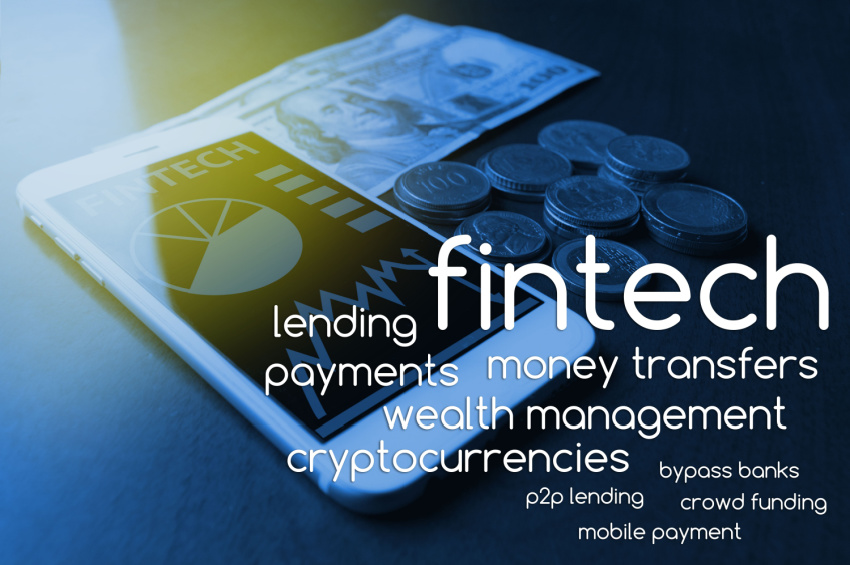The digital lending market is flooded with possibilities because of fintech firms. Previously, there used to be a lot of options for people to glance through before they could get a loan. But it got difficult with the extensive documentation, the slow approval procedure, and the inability to obtain credit. But in the current situation, technology incorporated into banking allows loan applications to be processed in minutes. This has pushed the digitized loan process forward, ushering in new developments for the year 2023.
Exploring Exciting AI Trends in Digital Lending for 2023
The financial sector has a need to implement modern technologies after the pandemic. An increase in consumer reliance on digital-first platforms has pushed the spread of digital lending forward. In today’s world, financial institutions are able to offer quick loans, streamlined processes, credit approvals, and gain a great SME lending experience with the use of novel technologies in finance. Opportunities for online financing are overwhelming as a result of the rise of fintech businesses.
AI Banking
Banking APIs are still in their infancy, but they have the potential to bring about significant advancements as banks work together with outside parties to facilitate cross-selling of products and services. Customers benefit from faster, safer, and more efficient transactions because of the streamlined information sharing made possible by this system.
Banking will need to emphasize client experience more as businesses become increasingly digitally oriented. APIs will become a powerful instrument in the finance area to investigate new cross-selling opportunities and guarantee a user-friendly experience. APIs have also made it possible for banks to gain access to client data, spur innovation, and generate more revenue. With the help of APIs, financial institutions may plunge headfirst into putting into action concepts that guarantee a positive user experience. Flexibility, independence, and individualization are the most important enhancements made to the client experience.
AI Revolution
The credit risk evaluation procedure is more consistent with using artificial intelligence in data analysis. Digital lending platforms use artificial intelligence (AI) and Machine Learning (ML) to sift through massive amounts of data, looking for red flags like fraudulent applications or risky borrowers and then making MSME lending decisions based on that information.
Artificial intelligence is applied in many operational and service processes, not just credit risk evaluation. Banks can leverage client data for things like credit scoring, risk prediction, and rule compliance chatbots powered by artificial intelligence. Modern digital lenders can make more accurate credit decisions in real-time to streamline and analyze data from a variety of data sources, including credit ratings. Data support credit choices, and AI can help lenders spot similar applications. The system is adept at spotting ideal loan applicants and publicizing them.
Riding the Wave of Transformative With Digital Lending
There are now more opportunities for financial institutions to experiment with advancements in fintech. In 2023, this will put businesses ahead of the competition thanks to technology’s ability to foresee and fulfill the demands of their customers in numerous ways. The credit demand among Generation Z and millennials is expected to surge in 2023 as online purchasing becomes increasingly popular. As a result, more people will turn to the internet in search of quick, low-interest loan options. Thus, Buy-Now-Pay-Later plans will eventually merge with other forms of digital currency. In today’s data-driven economy, buyers anticipate individualized products and services that improve security and productivity. Therefore, fintech companies may improve their services to customers by cutting down on the time and money it takes to apply for and receive a loan.
Digital Lending Revolution – Can Fintech Outpace Traditional Players?
Due to technological developments, digital lending has emerged as a formidable competitor in the banking sector, providing convenient online credit solutions at inexpensive rates. In order to boost its share of the digital lending industry, fintech will need to break into the asset-backed product industries, which legacy firms control. This can be accomplished via digitizing assets.
The Reserve Bank of India (RBI) has recently issued regulations requiring online lenders to provide borrowers with the contact information for a recovery agency. Fintech firms face difficulties adapting to the changing environment in their pursuit of automating credit decision-making and improving the onboarding process. The success of the co-lending strategy depends on the fact that fintech prioritizes high-credit-score.
Concerned about the actions of China’s digital lending organizations, the Indian government is currently investigating their practices and possible cooperation. The government’s activities to identify and prohibit unlawful money loan applications have increased, and it has also pushed for the widespread adoption of paperless procedures.
Also Read: Small Business, Big Returns: Tech Stocks Power MSME Growth
MSME borrowers are in their pursuit of business loans. According to Experian’s ‘Digital Lending: Coming of Age’ research, digital lending in India will become more popular than traditional lending techniques by the year 2030, with the fintech boom. The report describes how digital P2P lending has helped customers by speeding up responses to credit applications and making credit more widely available in more places.
Companies in the financial technology sector are expected to increase their footprint in two markets: the unsecured low- to mid-dollar market and the collateralized high- to ultra-high-dollar market. In order to establish standards for online lending, the Reserve Bank of India (RBI) has published Digital Lending Guidelines. These rules emphasize that borrowers must have access to the regulated businesses bank account to gain loans and make payments.
The takeaway
The digital lending industry has been redefined with the advent of important growth drivers, including digital payment gateways, data analytics, and automated loan disbursements. Therefore, additional firms, such as neobanks and online lenders, will enter the fintech sector. This will help increase access to financial services for underserved populations and stimulate economic growth.
MSMEBlog provides expert solutions and guidance for financing MSMEs. For more information on MSME finance, visit MSME Blog website.



